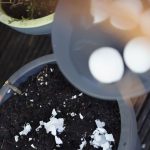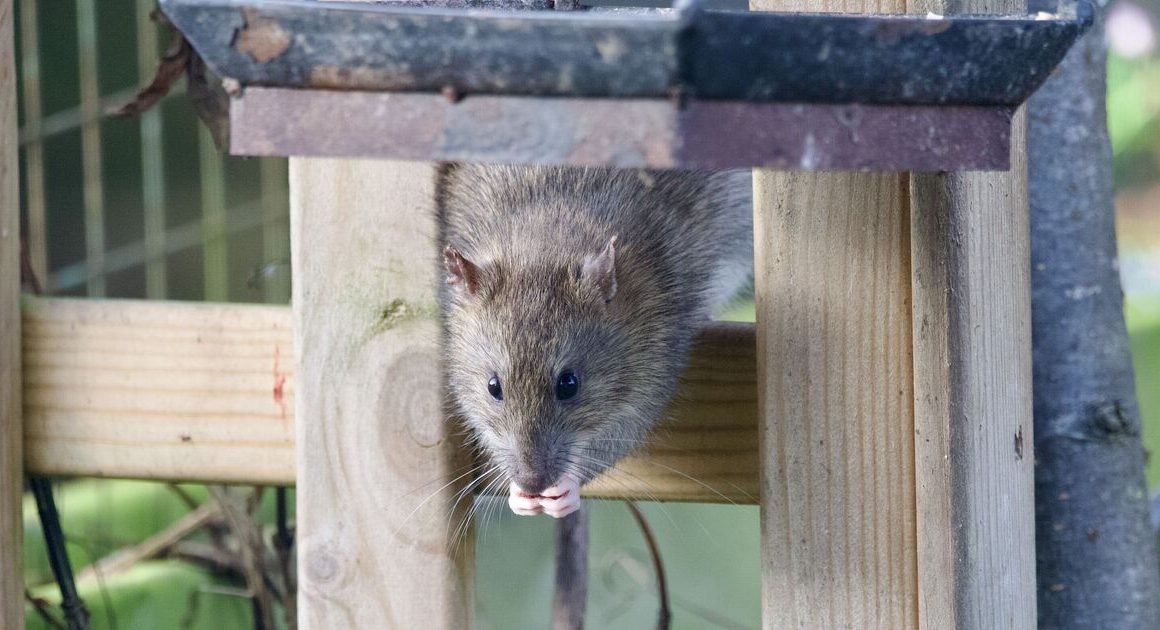If you see a new beautiful flower in your garden that you did not plant yourself then be weary, as it could be an invasive species.
Invasive species grow rapidly and can outcompete native plants for resources which can destroy local ecosystems and impact local wildlife.
David Domoney, a master gardener known for being one of the presenters on Love Your Garden, has warned there are some plants to watch out for as they can completely destroy a garden.
On his website, David said: “Many non-native plants have enhanced our gardens in Britain, but a small selection of them are highly invasive which threatens habitats of wildlife and other plants.
“By keeping an eye out for the following plants that are commonly found in the UK and getting a hold of them early, it reduces the risk of them damaging your glorious garden.”
Not only do invasive plants impact your garden but letting them grow and become out of control can have legal implications.
In the UK, some invasive plants are legally controlled under the Wildlife and Countryside Act of 1981 and if they escape your garden it could result in fines or other penalties.
David has shared some of the most common non-native species to look out for and how to get rid of them from your garden.
Common invasive plants in the UK
Giant Hogweed
Giant hogweed is known for its umbrella-shaped white flowers that grow in clusters and its lobed leaves that often look like giant parsley leaves.
If you have hogsweed in your garden it is important to get rid of it as soon as possible as its sap is toxic and can burn human skin with the effects lasting months.
David said: “These weeds are tall with thick, bristly stems that are topped with white flowers facing upwards and can grow up to 10 feet high.
“Giant hogweed was first introduced to Britain and Europe from the Caucasus Mountains in the 19th Century.”
If you have giant hogsweed in your garden it is much better to seek a professional’s help in removing it rather than doing it yourself due to how poisonous the plant is.
Japanese Knotweed
Japanese knotweed is one of the most invasive plants in the UK as it has the ability to grow in harsh environments, which means it can greatly damage walls, fences and roofs if not caught early enough.
What is concerning about Japanese knotweed is that it spreads easily through the wind and only needs a tiny fragment to begin growing new plants quickly.
David said: “They are fast-growing weeds with tall, dense bamboo-like stems that produce leaves that are shovel-shaped and can grow up to 14cm in length.
“This invasive plant has an extensive and strong root system, which is how the plant spreads as they don’t produce seeds.”
The best way to kill Japanese knotweed is to dig it out at the roots and make sure every last bit of it has been disposed of probably as it will begin growing again even if only a small piece remains.
Rhododendron ponticum
Rhododendron ponticum looks beautiful due to its colourful flowers and big dark green leaves but is a big threat to local plants and animals.
This flower is known for its thick dense foliage which get into soil and can block out the light which kills off any other plants nearby.
Its leaves and nectar are also highly poisonous to animals and will really harm bumblebees, birds, butterflies and even pets if left in your garden.
David said: “The beautiful mauve, funnel shaped flowers may look pretty, but they have an adverse impact on wildlife.
“It was found that the number of earthworms, birds and plants in the area was lower as a result of the presence of this intrusive shrub.”
It is very challenging to kill rhododendron ponticum due to how quickly it grows so it is best to inject the stems with a herbicide to keep it under control and then seek professional help to kill it completely.












